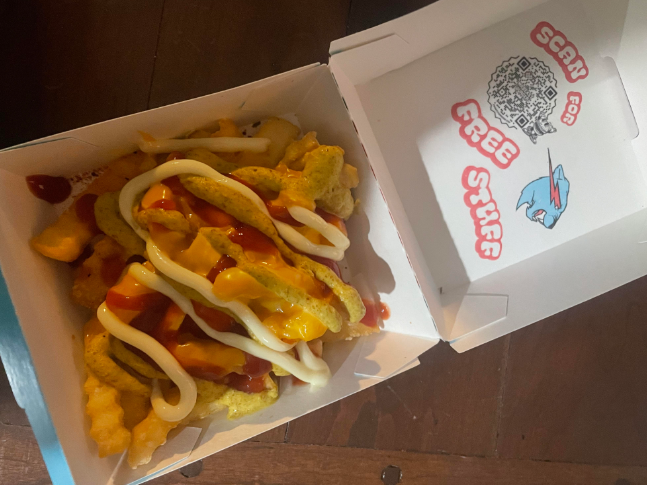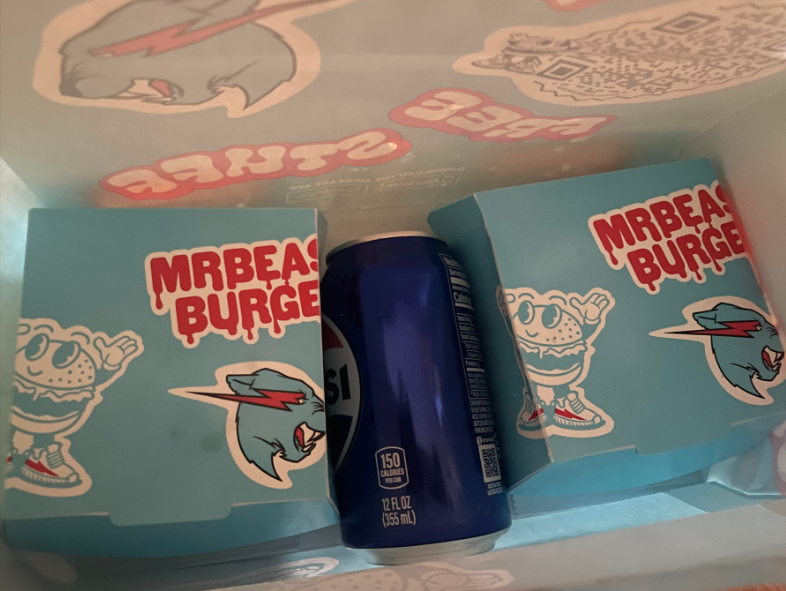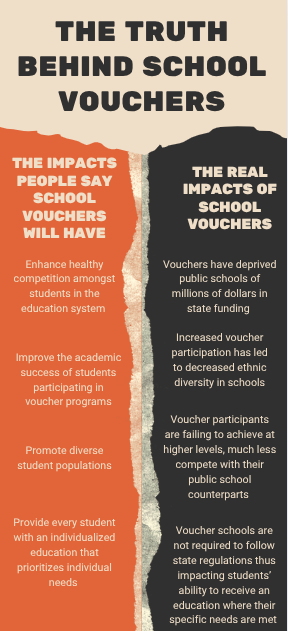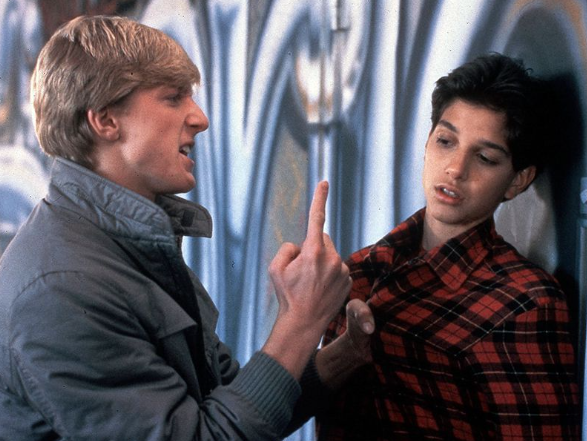A few weeks ago, I was in quarantine for COVID-19. Being in my room completely alone for a week brought me to places I wouldn’t have thought to go even a week prior. Namely, quarantine brought me to food delivery apps such as GrubHub, Uber Eats, and Doordash. I was desperate for a tasty treat, but I couldn’t leave my house and nobody was able to pause their day to bring me something.
I downloaded DoorDash and began to scroll through the classic options: McDonalds, Wendy’s, blah blah blah. I happened across a restaurant called Twisted Tenders.
“What the heck is Twisted Tenders? I haven’t seen any signs around town for Twisted Tenders…” With a short Google search, I discovered the notion of Virtual Kitchens.
Virtual Kitchens, sometimes known as Ghost Kitchens, are dining establishments based out of other restaurants. In some cities, Virtual Kitchens are based out of a kitchen-meets-warehouse type location that hosts several establishments in the one building.
Virtual Kitchens have been around since before the COVID-19 Pandemic, but demand for a contact-free way to get fast food grew exponentially during and after the pandemic.
Technomic, a trusted intelligence surrounding the food industry, found that 68% of operators who added virtual concepts during the pandemic reported that they expect to make it a permanent addition. This explains how the Virtual Kitchens got to Holland, Michigan and why they stuck around.
The Virtual Kitchens in Holland hide in places one wouldn’t expect: Logan’s Roadhouse, On The Border, Red Robin, and HopCat are all hosts.
I ordered Mr. Beast Burger, one of the most popular virtual kitchens, created by YouTube star Mr. Beast.

I got the Mr. Beast Burger combo meal. In it, there was a hamburger, an order of loaded cheese fries, and a can of Pepsi.
I opened the special Mr. Beast Burger branded bag. I looked at the meal, and it sent a shiver down my spine. The meal felt so dystopian and more like an online delivery than a dinner.
The meal was good. I can’t say it was the best meal I’ve ever eaten, but it was a burger and loaded cheese fries. It didn’t go above and beyond and I really didn’t expect it to.
Staying at home was convenient, but in my opinion, Virtual Kitchens like Mr. Beast Burger are not worth it. Possibly if there were no burger shops in town, or Mr. Beast Burger was exceedingly delicious, this would make sense to buy from. But, buying from a Virtual Kitchen instead of a local business isn’t justifiable to me.
Instead of Mr. Beast Burger, someone could buy a burger from many other restaurants in Holland that actually help stimulate our local economy. Virtual Kitchens are just another type of chain to steal customers from small local businesses.
I think that it is unfair that a business that isn’t even based here is making money from the citizens of Holland. They will pay for a kitchen and for the labor, but Virtual Kitchens still reap a large cut of money because they don’t need to pay for a building.
Not only are virtual kitchens possibly stealing business from local restaurants, they also take away a vital part of food service: interaction and inspiration.
“A chef can occasionally walk out of the dining room and observe a diner enjoying his or her food,” Chicago chef Shawn Quaid said in an interview with New York Times for the article The Rise of the Virtual Restaurant (2019). Delivery-only facilities “take away the emotional connection and the creative redemption.”
I do not want my burgers to feel emotionally disconnected. Chefs are artists and they deserve to have an opportunity for connection. I worked in a kitchen this summer, and what would keep me motivated to do my best was seeing happy customers and smiling faces. A connection is formed between chef and customer, and that connection is integral to the restaurant experience.
Overall, the concept of Virtual Kitchens is cool. But that is about as far as the positives go in my opinion. I really wanted to be impressed with Mr. Beast’s hamburger chain. But, some YouTubers are meant to just be YouTubers. Not only was the burger just “all right” but it felt like it was not made with love. Virtual Kitchens are thriving at the expense of restaurant workers, artists, small businesses, and consumers. They may be the way of the future, but they have a lot of improvement to do before that can happen.








